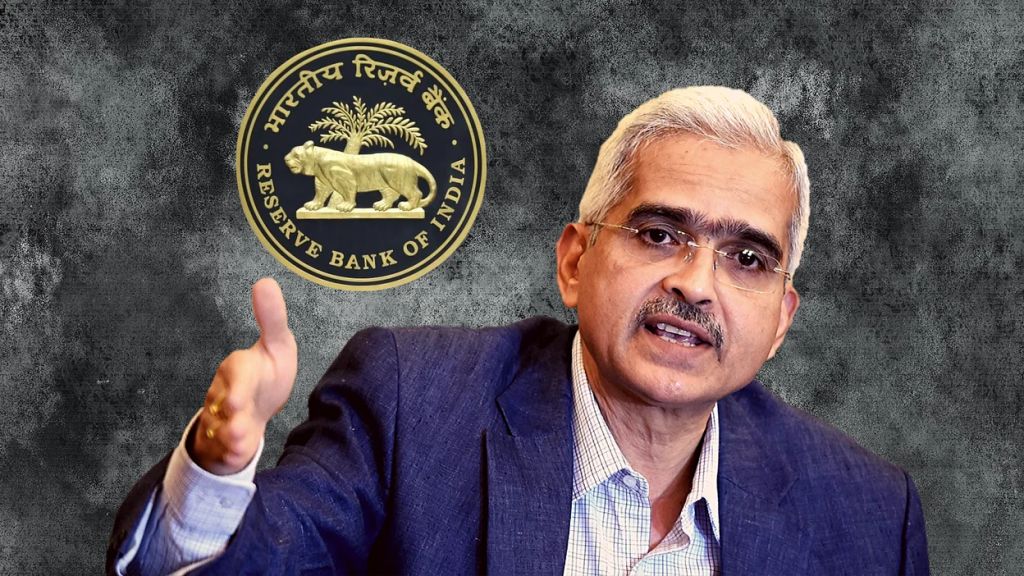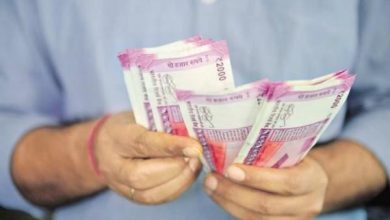RBI : No change in interest rates as Repo rate remains unchanged

New Delhi : The Monetary Policy Committee meeting of the Reserve Bank of India (RBI) has ended today. Central Bank Governor Shaktikanta Das held the press conference and announced the decisions taken by the committee. The country’s economy has been affected by the Coronavirus epidemic. In such a situation, announcements made by the central bank are important. This was the first review meeting of the MPC after the presentation of the General Budget 2021-22. The MPC has not changed interest rates in the last three monetary review meetings. The Reserve Bank had last revised the policy rates on 22 May 2020.
No change in Repo rate
RBI has not made any change in the Repo rate or reverse Repo rate today. Earlier, there was no change in key policy rates in the last 3 meetings. Prior to this, the central bank has cut the policy rate by 1.15 percent in two meetings. Currently, the repo rate remains at 4 percent, reverse repo rate 3.35 percent and marginal standing facility (MCF) rate at 4.25 percent.
Repurchase Rate or Repo Rate
It can be understood in easy language like this : Banks give us loans and we have to pay interest on that loan. Similarly, banks also require huge amounts of money for their day-to-day operations and they take loans from the Reserve Bank of India (RBI). The rate at which the Reserve Bank charges interest on this loan from them is called Repo rate.
How does the Repo rate affect the common man
When the loan will be available to the banks at a lower interest rate, that is, the Repo rate will be lower, then they can also give cheaper loans to their customers. And if the Reserve Bank increases the Repo rate, then it will become expensive for banks to take loans and they will make the loan expensive for their customers.
Reverse Repo Rate
This is the reverse of the repo rate. When banks have a large amount left after a day’s work, they keep that amount in the Reserve Bank. RBI pays interest on this amount. The rate at which the Reserve Bank pays interest on this amount is called reverse repo rate.
What is the effect on the common man
Whenever a lot of cash appears in the markets, the RBI increases the reverse repo rate so that banks deposit their money with it to earn more interest. In this way banks will have less money to leave in the market.
Cash Reserve Ratio or CRR
Under banking rules, every bank has to keep a certain portion of its total cash reserves with the Reserve Bank, which is called the Cash Reserve Ratio or CRR. These rules have been made so that if at any time a large number of depositors in any bank need to withdraw money, the bank cannot refuse to repay the money.
What is the impact of CRR on the common man
If the CRR increases, banks will have to keep a larger share with the Reserve Bank and they will have less money to give as loans. That is, banks will have less money to lend to the common man. If the Reserve Bank decreases the CRR, then the market cash flow increases.
The important fact is that a change in CRR is made only when the liquidity in the market is not immediately affected by liquidity. Because compared to the change in the repo rate and reverse repo rate, the change in CRR affects the market over a longer period of time.










